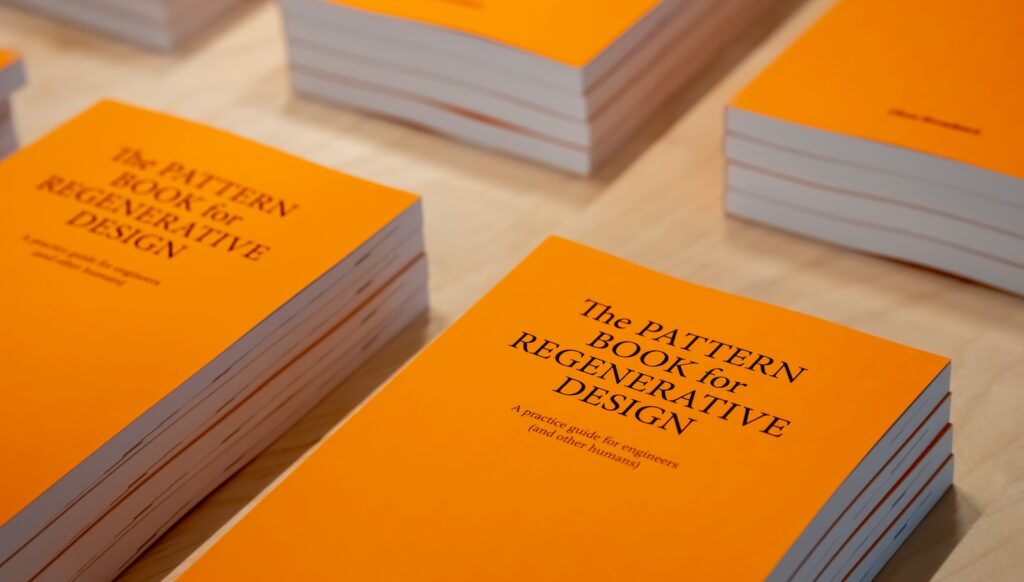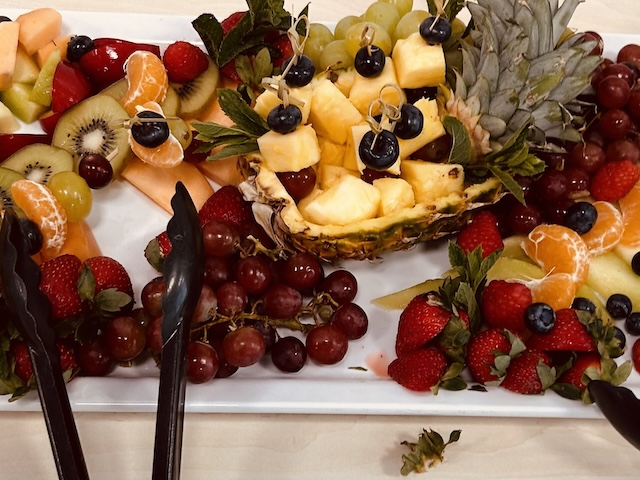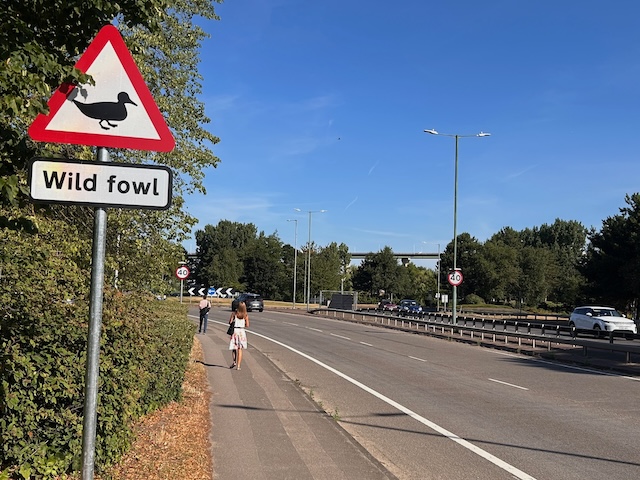Good luck, little ducks. This looks like an uneven playing field.
It’s hard to win at poker by playing chess
Complicated systems are like chess: we know the rules, and with some calculation, we can work out the best possible move.
Complex systems are like poker: we know the rules but there is much more to how the game will unfold: the relationships, how people have played, patterns emerging.
Chess and poker require different strategies.
Engineers are often trained to solve complicated problems. We calculate outcomes, we stipulate procedures, we aim to control.
But the systems we are engaging with are often complex. Complexity requires different approaches: cycles of observation, action, reflection and updating plans.
And yet, it often feels like we use complicated strategies for complex systems.
It’s hard to win at poker by playing chess.
This distinction between complicated and complex systems draws on the work of David Snowden and the Cynefin Framework

For more on this topic, see the entry for Complexity in the Pattern Book for Regenerative Design.
Canvas and Twill — the patterns for two new short courses in regenerative design
More and more design teams are committing to regenerative principles and goals in their projects. This is very promising. But it also raises the question, how do upskill a team in a way that is both quick and meaningful?
The Pattern Book gives us two starting points:
- Pattern 01: Canvas — for teams who want to start with observing real systems and move to theory.
- Pattern 02: Twill — for teams who want to start with theory and move to observation of real systems.
I’ve used these two patterns to create two new short online courses.
Feeling the Future, and
Both are designed as a rapid introduction to regenerative design. They don’t do the deep work (you have to do that). But they will give you a strong foundation to build from, ground in the frameworks we use in the Regenerative Design Lab.
Pick the course that suits your learning style. And please tell your friends and colleagues. Thanks!
Field notes: the Kalideascope meets the Ambition Loop
This week I was invited to run an afternoon session for the Engineers Without Borders UK Systems Change Lab at their event in Glasgow. This event is part of their wider programme to create system change in engineering education to build globally responsible engineering.
My brief was to prompt some creative thinking as part of the ‘develop’ phase in their programme. The session was an opportunity to pair two tools that I have previously used separately in our facilitation at Constructivist: the Kalideascope and the Ambition Loop.
For years I’ve been developing and refining the Kalideascope as a structured model for divergent thinking. It helps users move beyond one initial idea by gathering a wide range of inputs, capturing questions and creating the conditions for new connections to emerge.
While the Kalideascope generates lots of ideas, we need a different tool for the convergent thinking that enables us to choose between ideas and improve on them. So here I brought in the Ambition Loop — a tool that Bill Sharpe introduced us to in the Regenerative Design Lab to help identify what ideas have the potential to create systems change. The Ambition Loop model helps us by going beyond testing our ideas against the brief to testing how ideas can be taken up by and amplified within a systems.
This pairing of the Kalideascope with the Ambition Loop created a strong arc for the session. The first tool expands the fields of possibilities. The second homes in on the ideas that the system might take up.
I am seeing that with the Ambition Loop model that it tends to draw out questions about who we need to partner with to make change.
If you have a copy of the Pattern Book for Regenerative Design, I suggest, like me, you annotate the end of the Kalideascope entry to say that it works well paired with the Ambition Loop motif as a divergent-convergent pair.
Absurd fruit salad
My recent food harvesting metaphor keeps on bearing fruit!
I arrive at a workshop to see a buffet of fruit.

Tasty, but I wager none of it is local and most only half of it is in season.
So what we have is a system that is very good and delivering out of season fruit from far away while local, in-season fruit wilts on the trees.
If you were to start from a blank sheet of paper you wouldn’t design this.
A system that is efficient and scaled up in every step.
And absurd in its outcome.
No food on the trolley
A blog-writing gift from the universe.
A moment after I submitted my last post, the customer service attendant on the train came past and apologised that they didn’t have any food available.
But outside, just beyond the platform at Didcot Parkway station, the hedgerows are groaning with fruit.
So what would it take to get that fruit in here?
Well, there’d need to be a hedgerow fruit-picking company. This company would need to train its staff on the safe handling of fruit in the railway environment.
The fruit would then need to be transported to a logistics hub, sensibly by train but more likely by road.
There would need to be a food logistics processing hub, probably located centrally for transport convenience but potentially a long way from the fruit bush and the fruit eater.
All this transport means the fruit might spoil, so it needs to be put in plastic packaging, which requires its own supply chain of oil extraction, government lobbying, single-use plastic manufacture and waste gathering and processing stream.
Because it’s fresh fruit, it also needs cold storage. So now we need refrigerants, which means another supply chain.
All of this would need to be coordinated by a rail catering logistics company, complete with departments for HR, finance, compliance, managerial oversight and operations.
The fruit, picked, packaged and chilled, would then need to be re-transported to local train catering distribution hubs in Bristol and Swindon, from which stock levels can be managed using GPS-enabled (yep, satellites) apps on every train trolley.
Finally, the blackberries on the trolley, they can now be served, as long as the card reader can get reception.
Quite a journey for blackberries that are mere metres away.
Of course this is all silly. But then again, I’m not convinced the way we organise our economy is all that sensible.
- Have we created systems that are so centralised and specialised that they can’t handle what’s right in front of them?
- Have we scaled things to a point where the cost of the support structures outweigh the benefits of what we are actually doing?
This is the essence of the intensification paradox – more scale leading to more layers and multiplying costs. The scaling of each part of the system enables a profit to be extracted, but the overall burden is increased.
If we want systems that enable us to live within planetary boundaries, then we need systems that can:
- build relationships rather than become abstracted
- seek to work with abundance
- respond to changes in place and time
- scale elegantly
Catering blackberries aside, these are the sorts of question the regenerative designer works with:
- how do we enhance connection rather than build separation?
- how do we work with what the rhythm of what is available, enhancing the system even through our harvest?
- how do we respond to local, emergent changes in the system
- how do we scale elegantly, where scale enables the primary relationship between production and consumption, not distancing it?
Abundance!
Close your laptop. Postpone your meetings!
For something amazing is happening in the hedgerows in the south of Britain. You may have noticed that they are laden with fruit. Crab apples like little red lanterns. The surprise of the yellows, purples and greens of so many mirabels, damsons and plums. Blackberries about to burst on the scene, like the negatives of 10,000 fairly lights. And the fattening of soon-to-be-ripe apples.
Of course, bearing fruit is usually an annual fixture. But in my part of England this year’s harvest in parks, hedgerows and allotments is particularly heavy. Even the tree at the end of my garden which hasn’t fruited for seven years is laden ripening damsons.
Why is this? It could be that the combination of wet and dry that we had in the spring means this is a particularly good year for fruit. This could also be a mast year, one in which trees produce extra fruit in order to ensure the animals that eat them leave some behind to turn into seeds.
Whatever the reason, the fruit is there for the picking, eating, pickling, bottling, jamming and, importantly, the sharing.
That’s the thing with abundance. It often comes on its own timetable. There can be plenty for everyone but we don’t get to control it. Instead we need to swim with the peak and prepare our community for the trough that inevitably follows.
Save your meeting for the dip! Consign report writing for leaner times!
Leave things better than you found them
In Friday’s edition of the Glastonbury Free Press I saw a cartoon by Oliver Jeffers that simply said ‘leave things better than you found them’. Like yesterday’s ‘zero negative externalities’, it is another clear and sobering benchmark for our work.
Zero negative externalities
Bill Sharpe’s definition for a regenerative system is one that creates zero negative externalities. In other words, no harm done. The system makes things better.
It is a sobering benchmark and a valuable tool to distinguish interventions which dance at the edges from those which tackle the heart of the issue.
Pattern Book Notes: Kalideascope + System Survey
My intention with the Pattern Book for Regenerative Design is that users can share with each other how they have used the tools and techniques within. So, kicking off this process, this is how I used two motifs two weeks ago to run a lunch for team at Elliott Wood to support an internal regenerative design competition they are running.
Building a Kalideascope
If a group of people are working with a written design brief, then my starting point for creative thinking is to get them to build a Kalideascope. The groups write three headings on a large piece of paper: information, questions and ideas. I then get them to read the brief out very slowly and everytime something that comes to mind under any of these headings, they must shout stop, and write it down, before the reader can start again.
The exercise is a quick method to generate lots of thinking.
To add a regenerative lens to it, I prefaced the exercise by reading out the motif on Beavers. This motif primes listeners to think about the potential stacked multiple benefits of our interventions.
Systems Survey
To tune the group deeper into regenerative thinking, I then read out the questions in the Systems Survey. These are questions that combine the theory of the Living Systems Blueprint with a civil engineering site survey perspective.
The questions are:
- What is connected and what is separated?
- What is thriving and what is in decline?
- What is in flow and what is static?
- What is changing and is fixed?
- What stories does this place tell?
- What is the placing trying to do — and what helps or hinders it?
I read each question out and gave groups 3-4mins to populate their Kalideascopes with any new information, questions and ideas.
Overall, it felt like a high-energy session and I think people went away with new ideas on how to bring regenerative thinking into their design process.


